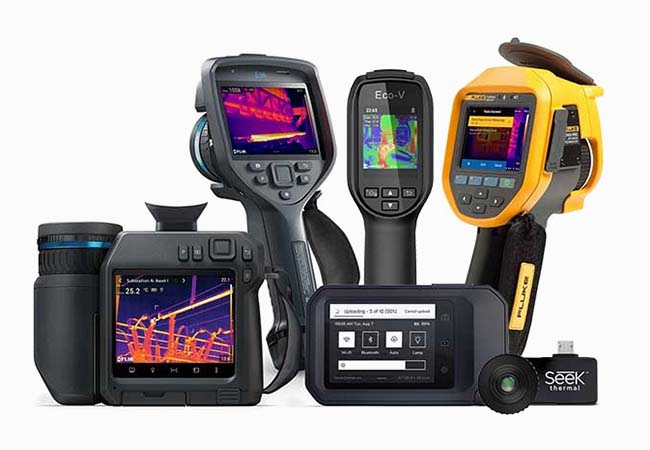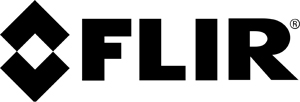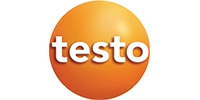Thermal Imaging Camera (Infrared Cameras) (132 Products)
For expert advice and to order:
Call 01642 931329
How to Choose a Thermal Camera Guide
 David Atkins, ITC Level 1 Thermographer
David Atkins, ITC Level 1 ThermographerWorking to a Budget
I'm looking to buy a thermal imaging camera, but I'm on a budget. Should I go for a brand new one or should I consider used options?
David: There are pros and cons to both. New IR cameras come with warranties and are all shiny and perfect, but they will definitely be pricier. Used cameras can be fantastic deals, but you need to be a bit more cautious and inspect them thoroughly before buying.
Here's my thinking: If you're planning to use this camera in your job, or as a hobby, then a new one is a good investment because it should last longer. Places like eBay and Facebook Marketplace can be a minefield as you don't really know what you're buying, let alone if they're scammers.
We also have various payment options that might help you spread the cost.
There's all this extra stuff I need to buy, right? Memory cards, bags, editing software... how much is this really going to cost?
David: It can add up for sure, but there are ways to be smart about it.
For memory cards, you can probably get by with just one good one for now. We offer camera kits that come with bags and cards already included, so that might be a good option to save some money. And for editing software, is it something you need? Some entry level thermal cameras come with software, but I'd probably advise a mid-range to pro camera if you need to offer professional reports.
So, how much SHOULD I actually spend on a thermal camera?
David: Honestly, it depends on your needs and application. The best thing to do is ask my team to see what features cost more and what you can live without. We'll figure out a realistic budget that factors in everything, not just the camera body itself.
The key thing to remember is: The right thermal imaging camera is the one that works for your application. I don't think you'll need to break the bank if it is for a hobby, but definitely think about going up the range if you're offering thermography for clients.
Think About Application
I'm looking to buy a thermal imager, but there are so many options. How do I choose the right one?
David: The best thermal camera for you depends entirely on what you'll be using it for. For example, electricians will need to be capable of seeing overheating components so need a high temperature range. Building surveyors need good image resolution and thermal sensitivity to detect subtle differences that might indicate moisture problems, air leaks, or insulation gaps.
If you continue reading down the page, I've offered my suggestions for various applications. If you're still struggling, give us call on 01642 931329 or contact us.
Will a thermal imaging camera for iPhone or Android be suitable for my application?
David: An Android or iPhone thermal camera attachment can be a handy and affordable option, but they might not be suitable for every application. They're great for home inspection and personal use but won't be suitable for professional inspections, long-range detection and demanding environments.
Generally, if it's for your job, I would suggest on investing in a handheld model. Think about it as an investment, they can help you win jobs and impress clients.
Why Buy a Thermal Camera from PASS Ltd?
We have 20+ years of experience in the thermography field, as such we can offer you:
- Help from trained ITC level 1 thermographers
- Peace of mind as the only Platinum FLIR distributor
- On-site demonstrations (camera dependent)
- 60 day returns guarantee
- PayPal Credit and 30 day terms available
Need advice? Contact us or call 01642 931329.
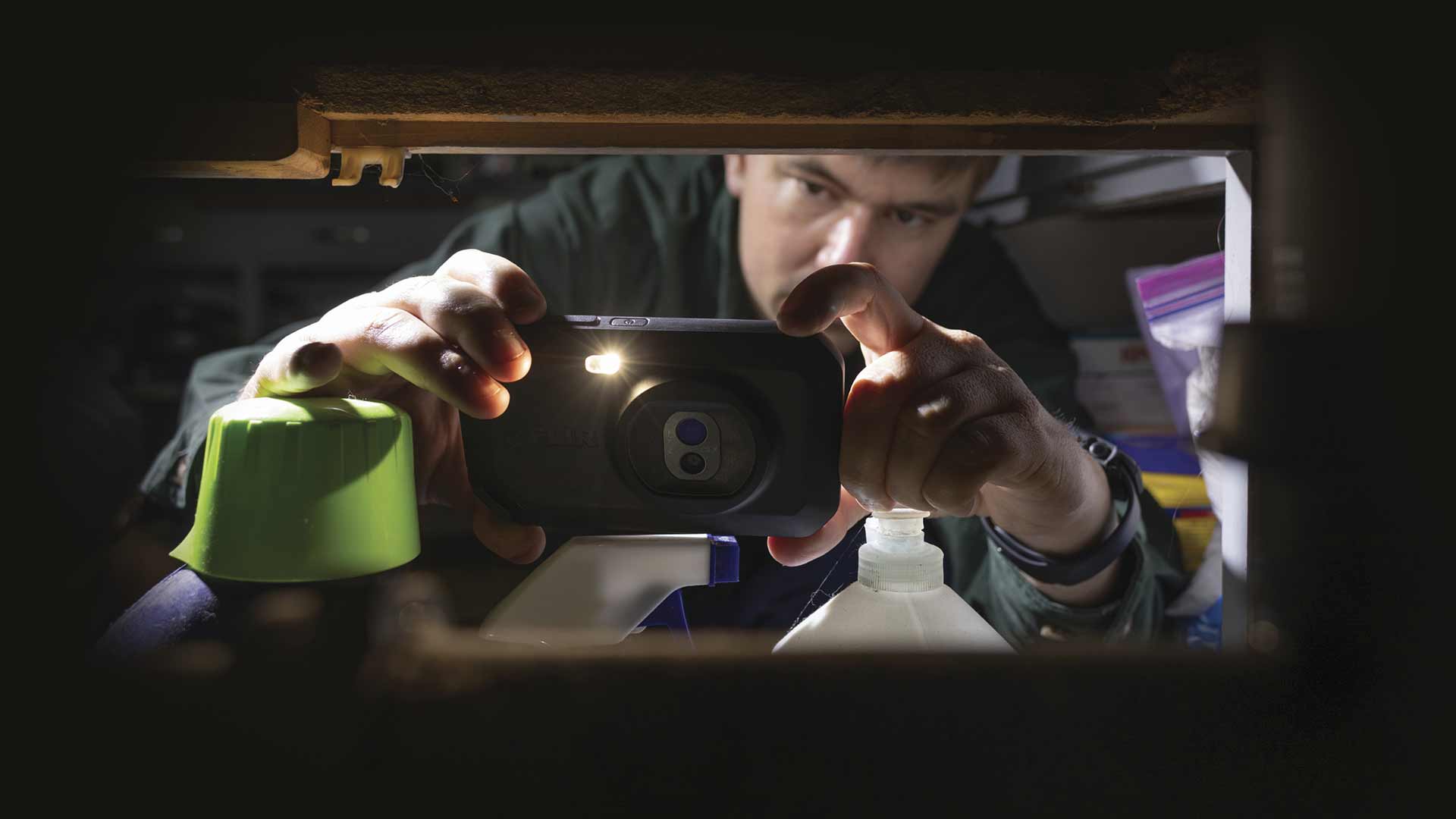
Shop by Budget & Brand
Shop by Application
Home, Hobby & DIY
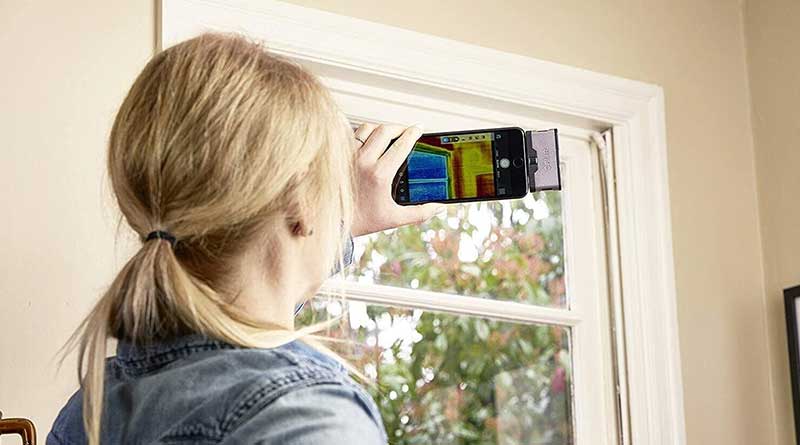
Thermal imaging cameras are increasingly used beyond professional applications. Affordable models are now available for homeowners, hobbyists, and DIY enthusiasts. They can help identify potential energy inefficiencies in a home by revealing temperature variations in walls and windows. For hobbyists working with electronics, infrared IR cameras can assist in troubleshooting overheating components. Additionally, these cameras can be used for nighttime observation, allowing users to see wildlife or potential security concerns on their property.
Best Selling Home, Hobby & DIY IR Cameras
Electrical
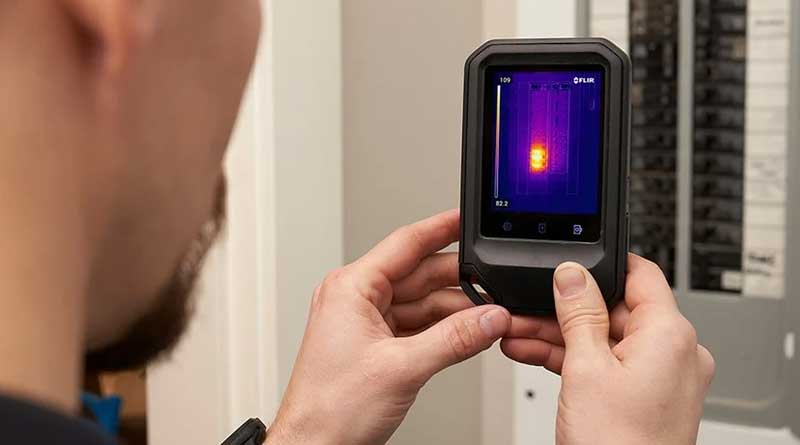
Thermal imaging cameras allow electricians to identify overheated components, loose connections, and hidden faults within walls or behind panels. By visualising heat signatures invisible to the naked eye, electricians can proactively address electrical issues before they escalate into costly repairs or safety hazards, enhancing preventative maintenance practices and contributing to a safer working environment.
Best Selling Electrical Thermal Cameras
Smartphone vs Handheld (Under £1,000)
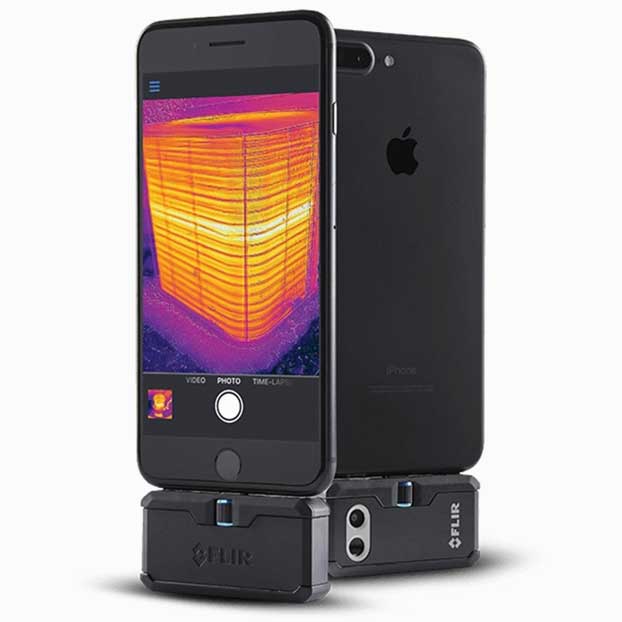
Smartphone (iOS & Android)
Pros
- ✔ Generally, a cheap thermal camera option
- ✔ Instant image sharing (from phone storage)
- ✔ Uses a familiar interface
- ✔ Screen is as large as your device
Cons
- ✘ Prone to mis-placement connection wear-and-tear
- ✘ Dependent on your device's hardware and software
- ✘ Frame rate lag between devices
- ✘ Shares battery, memory and storage with your device
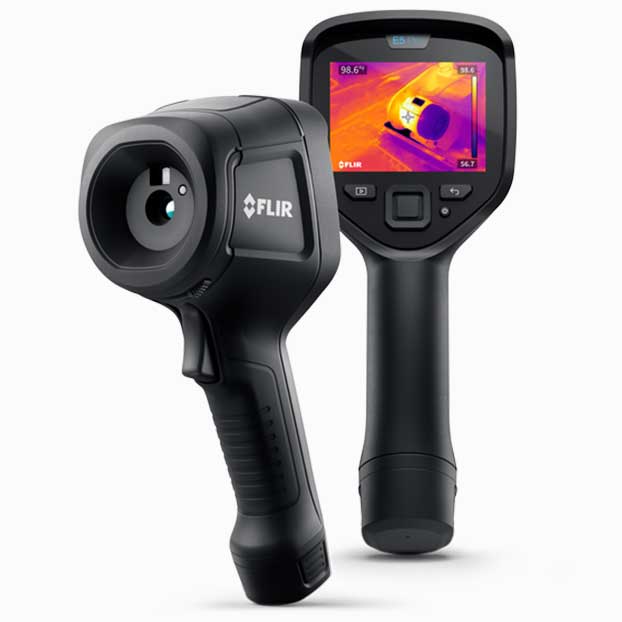
Pocket & Handheld
Pros
- ✔ Robust design, ideal for a toolbox
- ✔ Stand-alone, works out of the box
- ✔ Fast frame rate, minimal lag
- ✔ Indepedent battery, memory and storage
Cons
- ✘ Can cost more, especially as features increase
- ✘ Non-Wi-Fi models require downloading
- ✘ May require some learning
- ✘ Less resolution screens
Thermal Cameras for Professional Use
Why do thermal imagers range from hundreds of pounds to several thousands of pounds? Well, it's all in the specification and supplied accessories. As you move through the range, they get more and more technical depending on the application.
Advanced Considerations
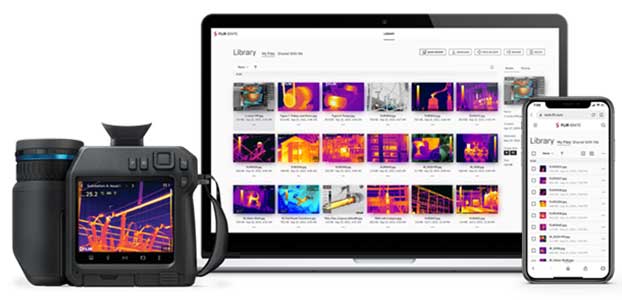
Reporting
Reporting software transforms raw thermal images into clear, professional reports by enabling users to annotate findings, add inspection details, and organise data for easy access. This streamlined process facilitates clear communication with clients and colleagues, ensuring informed decision-making based on the captured thermal data.
Lenses (Field of View)
Depending on the infrared camera, lenses can be fixed (cheaper) or interchangeable (more expensive). A wider Field of view (FOV) offers a broader perspective but typically comes at the expense of lower image resolution. Conversely, narrow FOV zooms in for detailed inspections of specific targets, sacrificing peripheral vision but maximizing image clarity.
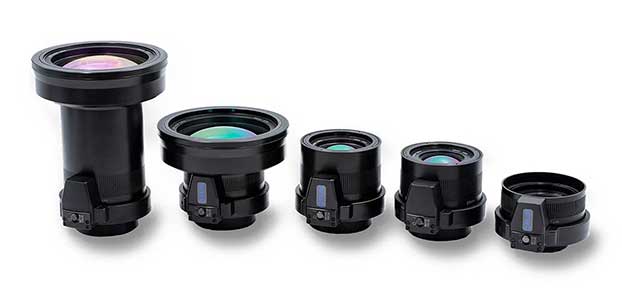
Temperature Range
The temperature range of a thermal imaging camera is the range of temperatures that it can detect. You will need to choose a model that has a temperature range that is suitable for your application. For example, if you are inspecting buildings for insulation problems, you will need a thermal camera with a wide temperature range that can detect both hot and cold spots.
Resolution
Resolution is the number of pixels that make up the image. A higher resolution will produce a more detailed image. However, higher resolution models are also more expensive and a cheap thermal camera might not be suitable for your application.
Sensitivity (NETD)
The sensitivity of an IR camera is its ability to detect small temperature differences. A more sensitive thermal heat camera will be able to detect smaller temperature differences. This is important for applications where you need to detect small changes in temperature, such as electrical inspection.
Focus
Thermal imaging cameras offer three options: fixed focus for fast, close-up work, manual focus for precise control, and autofocus for consistently sharp images at various distances. Each caters to specific needs and depends on your application.
Spectral Range
A thermographic imaging camera uses invisible light (micrometers, µm) to detect heat signatures. While gas detection cameras, like those for propane, methane, and butane, use a midwave range (3µm to 5µm), most infrared cameras for tasks like electrical maintenance or building inspections operate on a longwave range (8µm to 14µm).
Ambient Temperature & Environment
The performance of a thermal camera is affected by a number of factors, including:
Ambient temperature: The ambient temperature is the temperature of the environment in which the thermal heat camera is being used. The higher the ambient temperature, the more difficult it is for the camera to detect small temperature differences.
Emissivity of the object being measured: The emissivity of an object is a measure of how well it emits infrared radiation. The higher the emissivity, the more infrared radiation the object will emit.
Distance to the object being measured: The further away the object is, the more difficult it is for the camera to detect small temperature differences.
Have an application you need help with?
Call 01642 931329
ITC Thermography Training Courses
Equip yourself with both the tools and the knowledge with a thermal training course delivered by ITC, available to book through PASS Ltd.
- Become a certified thermographer
- Master advanced techniques
- Increase career opportunities
- Boost safety and efficiency
- Gain confidence in your inspections
Contact us or call 01642 931329.
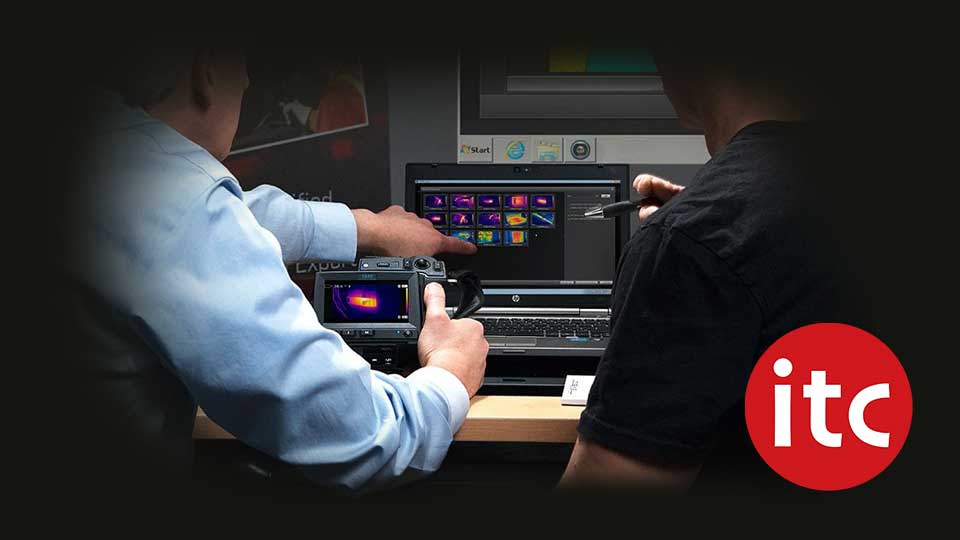
General Thermal Imaging Camera FAQs
What are the benefits of using a thermal camera?
An infrared camera offer a number of benefits over traditional cameras, such being able to see in the dark smoke and fog.
They also have the ability to detect heat loss and hot spots which are invisible to the naked eye.
Can a thermal camera see through walls?
A thermal imaging camera cannot see through opaque objects. If there is something heating the wall from the inside, such as a hot pipe, it may be visible.
Do I need a high resolution and sensitivity?
It all depends on the application and budget. Resolution is the number of pixels in an image, while sensitivity is the ability of a camera to detect small temperature differences. As these increase, so does the cost.
What frame rate does my IR camera need?
The frame rate is the number of images that a camera can capture per second. A higher frame rate will produce smoother images, which is important for applications where objects are moving quickly.
What's the difference between cooled and uncooled?
Cooled: These are more sensitive to small temperature differences than uncooled thermal cameras. This makes them better suited for applications where it is important to detect small temperature changes, such as electrical inspection and scientific research. However, cooled variants are also more expensive and require a cooling system, which makes them less portable than uncooled variants.
Uncooled: These are less sensitive to small temperature differences than cooled thermal cameras. However, they are more portable and affordable. This makes them a good choice for applications where portability and affordability are more important than sensitivity, such as electrical maintenance and building inspection.
Can I spread the cost of my thermal equipment?
Take a look at our payment options. We offer finance and 30 day terms, which might help spread the cost.
Have a question you need help with?
Call 01642 931329
More Video Guides
FLIR One Edge Pro Overview
FLIR C5 Breakdown
PASS Presents - FLIR Exx-Series
PASS Presents - FLIR T-Series
Helpful Blogs
We've put together some further reading below, which you should find useful when doing your research:
Guides & General Advice
Building & Energy
Electrical & Power
Wildlife & Outdoors
For expert advice and to order:
Call 01642 931329


